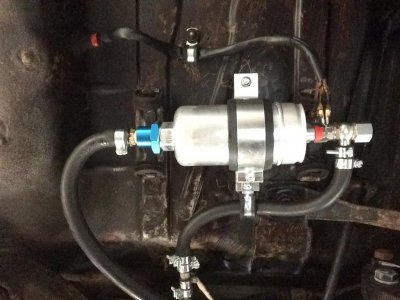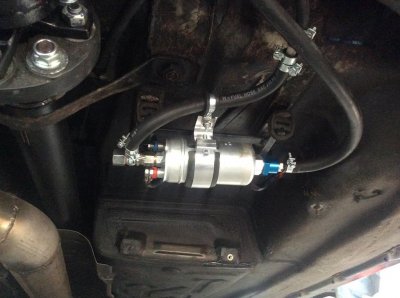- Joined
- Dec 29, 2013
- Messages
- 5,924
- Location
- Kidderminster Worcestershire UK
- Car
- Mercedes W124 260E M103
Just about to replace both m103 fuel pumps .I would like to fit one pump instead of the 2 i have at the moment . So is there anyone thats done this mod who knows what type of fuel pump they used and how to go about this . At the moment i have reason to think i am running on just one of the two pumps thats fitted .The one in the picture was fitted to a 3L TD diesel mercedes W124 that reached 181.2 mph .





